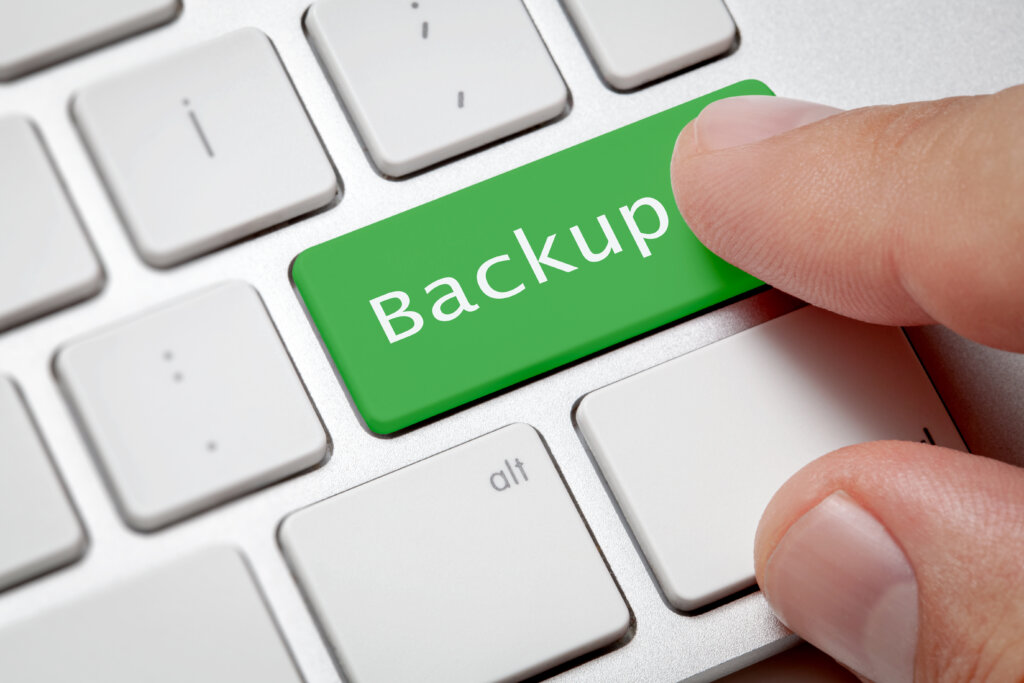Exercises in disaster recovery used to involve quite a few physical processes, like fetching backup tapes from storage (offsite or the fire safe), loading said media into machines that had just been restored to virgin bare metal, and waiting for all those bytes to move from A to B. Laborious it may have been, but it was something that could be practiced and honed, giving organizations a decent idea of mean time to recovery.
Of course, holding data on-premise is not as common as it used to be, and even where sensitive data is kept out of the public cloud, onsite, it’s often streamed nightly (or snapshot more regularly) to remote storage.
With the ease of that style of backup and the assumption that information stored and workloads run on the cloud are somehow safer, many organizations don’t trouble themselves overly with the integrity of their data resources held in the cloud.
The hyperscalers and big SaaS providers are about as resilient as they come, we might think, and the likelihood of data loss from Salesforce/AWS/GCP et al. is pretty low. Cybersecurity pros know, however, that the model of shared responsibility for security means big providers’ KPIs assure the infrastructure’s existence, and the end-user (read, the organization that is the customer) is responsible for data and, therefore, its recovery following a disastrous event or accidental deletion. There’s usually no recourse even for data loss due to temporary outage.
The gravity of that situation is exacerbated by the fact that SaaS applications have become the number one target for ransomware.

Source: Shutterstock
Some cloud providers can and do offer data backup and recovery services as part of their offering but by no means all. SaaS vendors often term the ability to take a manual export as a “backup facility,” and scripts that duplicate cloud data usually require time and effort to run and manually maintain.
Given that the average business uses dozens of XaaS instances (an average of 110 services in use in 2021), there’s a very good chance that mission-critical services and data are now hosted entirely offsite. Provided backup facilities may be partly effective where they exist, but invariably they run in a walled garden to which the paranoid sys admin (all sys admins should be paranoid) has no easy oversight.
In our last article, we talked about HYCU Protégé’s ability to protect hyperconverged infrastructure by means of seamless backups and simple restores, all neatly embedded in the Nutanix workflow. HYCU now provides organizations with the same gold standard of integrated data protection in many common cloud platforms – there’s a list here.
For critical systems like Okta, having an in-built backup run by HYCU significantly lowers an organization’s potential for data loss in a disastrous event. Platforms like Salesforce and Microsoft 365 that are central to many businesses’ working days are covered, as are half a dozen more. At the time of writing, they include stalwarts like Jira and Confluence, Google’s BigQuery & Cloud SQL, and AWS’s RDS. The ability to backup these mission-critical applications and services is just a matter of browsing and picking from the HYCU marketplace. The company’s low-code development platform and API, plus inherent system reliability, mean that the list of out-of-the-box compatibility ‘modules’ is set to lengthen significantly in the next few months.
Not everything runs on vanilla public clouds, of course. Organizations have a need (some might say an imperative) to ensure the safety and reliability of their own SaaS offerings, whether internal or client-facing. The R-Cloud developer platform lets SaaS companies and their partners offer automated, granular backup and restore capabilities built with just a few clicks in a low-code interface. That makes any application (and its data) an assured and recoverable asset.

Source: Shutterstock
Backup policies are simple to set up, and these can be applied, automated, or fired manually to address the entire stack (via as many rulesets as needed). SaaS data protection is a complex beast for which many organizations build their own tools, often at great expense measured in coding time. Usually, that type of facility doesn’t scale particularly well, and there’s a learning curve for new administrators. Getting to a stage where public cloud, SaaS applications, and internal apps are all managed centrally reclaims the control of data protection and restoration to those who are, after all, responsible for such things.
When the phone rings in the night, the person whose job it is to get things working again should be in a position to roll back critical data, irrespective of where it might live. “We thought Jira backed everything up for us,” isn’t a career-saving statement in that situation.
The process of instigating an HYCU-based system is simple enough that it seems bizarre the HYCU solution hasn’t been integrated into every cloud platform’s service model. Simple restore and very quick mean-time-to-operation could easily be an add-on or extra service offered by the SaaS owner. Putting the HYCU ‘stamp’ on the process would also go a long way to reduce those fears that backup processes are taking place behind a proprietary barrier, too.
Plus, there’s the added benefit that any organization could control all its own HYCU Protégé backups from one dashboard. For peace of mind of the whole stack, having restore controls and backup monitoring in a single place (with one tool) could be a resource-saving game-changer.
To discover more about the HYCU Protégé platform and the capabilities R-Cloud makes simple to embed, check out HYCU.









